17 Deadliest Wild Cats That Lurk the Planet
Cats in the wild are nothing like those cuddly pets we have at home. In the jungle, they’re fast, fierce, and deadly. These stealthy hunters rule their territories with razor-sharp claws, lightning-fast reflexes, and bone-crushing bites. Honestly, if you think your housecat has an attitude, think again!
These wild cousins are real fluffy hunters that are built for the kill. From jaguars to cheetahs, these wild cats dominate their habitats like true apex predators. Get ready to meet the deadliest wild cats that don’t just lurk in the shadows – they own them.
Jaguar
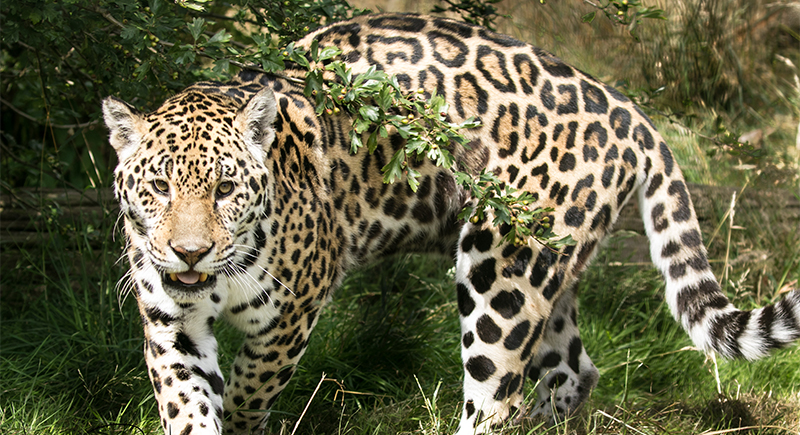
Credit: Wikimedia Commons
Jaguars’ bite force is the strongest of all big cats, with the ability to crush skulls and pierce turtle shells with ease. In short, if they were wrestlers, they’d win by knockout. These hunters follow their prey in the dense rainforests of South America, striking with precision and unmatched power. You never see them coming until it’s too late.
Leopard
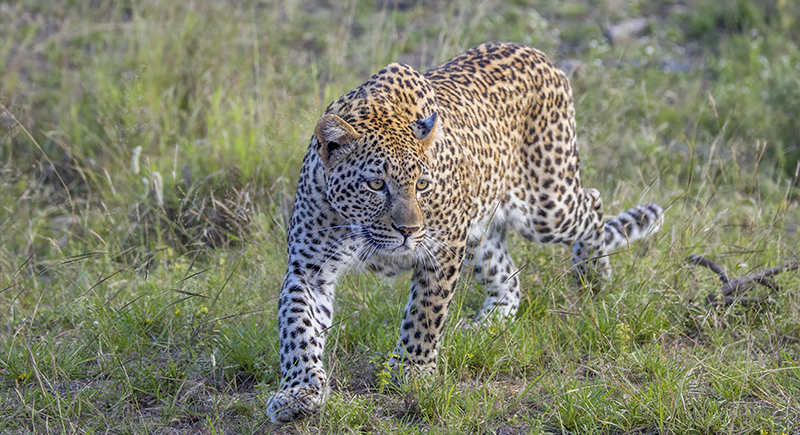
Credit: Wikimedia Commons
Leopards are the ultimate lone wolves of the wild cat world. They can slink through the shadows and strike without a sound. Unlike lions, they hunt alone, dragging their kills up into trees to keep scavengers at bay. Agile and cunning, they can leap over 20 feet in a single bound—bad news for anything that crosses their path.
Snow Leopard
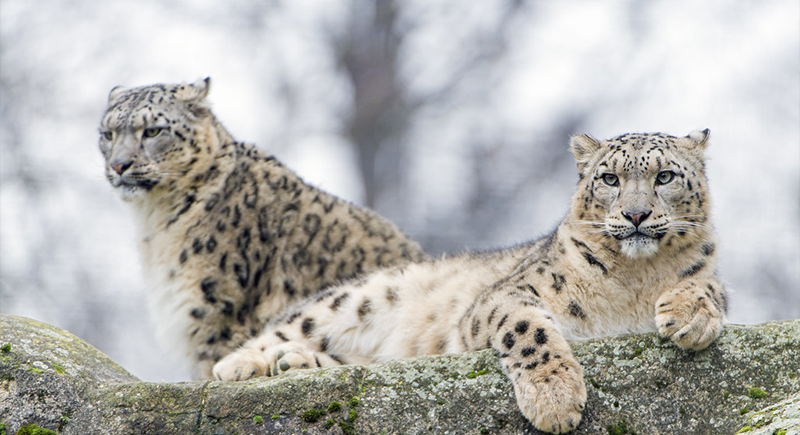
Credit: flickr
Living in the cold, rugged Himalayas, snow leopards are nearly invisible in their icy world. With massive, fur-covered paws that act like snowshoes, they scale cliffs with ease. They’re known to pounce on prey from 50 feet away—talk about a surprise attack! You won’t hear them coming, and you certainly won’t outrun them.
Lion
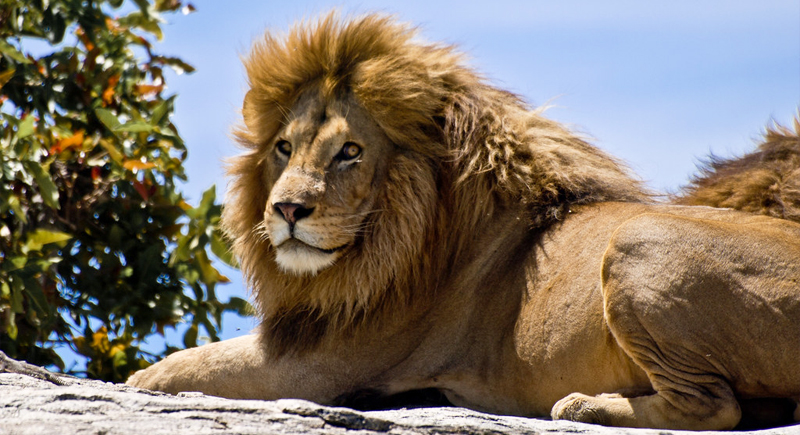
Credit: flickr
Unlike other big cats, lions hunt in teams, and their coordination is terrifying. A pride of lions can take down prey as large as elephants by working together. Their powerful roars can be heard from five miles away. In short, stay out of their territory. Their strategy and sheer strength make them one of the deadliest predators on land.
Tiger
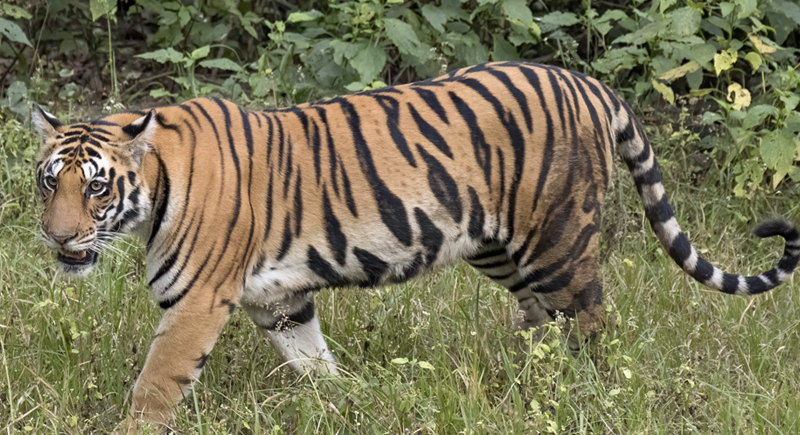
Credit: Wikimedia Commons
Tigers don’t need a squad because they like to dominate alone. Weighing up to 600 pounds, they’re the largest of all big cats and among the most powerful. They can swim for miles, leap over 30 feet, and take down prey with a single swipe. If a tiger locks eyes with you, just know that your fate has already been decided.
Cheetah
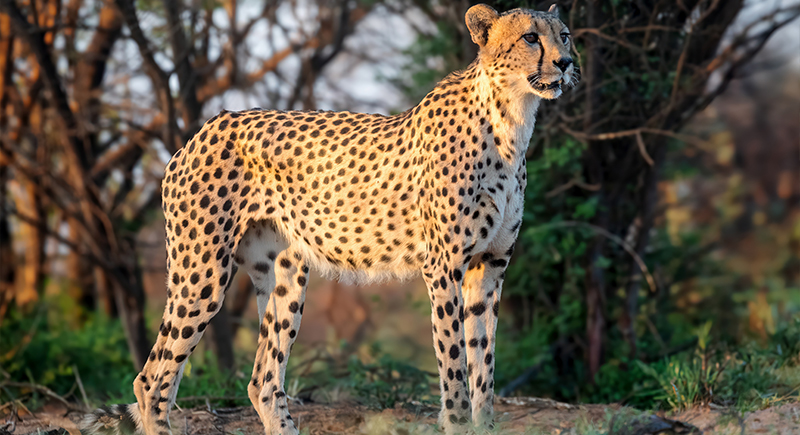
Credit: Wikimedia Commons
Blink, and you might miss it. Cheetahs hold the title for the fastest land animal, hitting speeds of 70 mph in short bursts. Their lightweight bodies and long legs are built for acceleration. Unlike other big cats, they rely on speed, not strength, to outrun and trip up their prey. One sprint, and it’s game over.
Puma
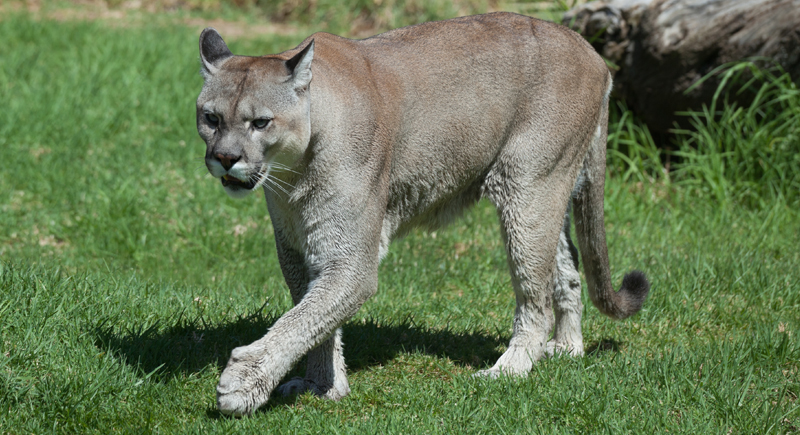
Credit: Wikimedia Commons
Also known as mountain lions or cougars, pumas are stealthy, adaptable, and can live almost anywhere—from mountains to deserts. Their powerful hind legs make them incredible jumpers, covering up to 40 feet in one bound. If you hear a bloodcurdling scream in the woods at night, it might just be a puma calling. Sleep tight!
Black Panther
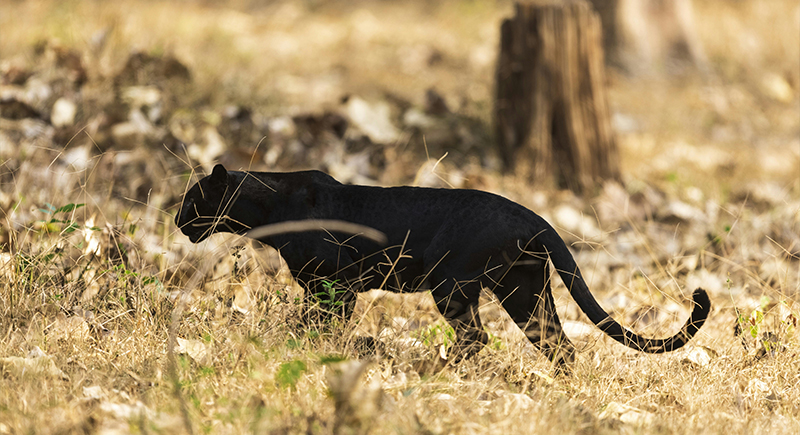
Credit: pexels
A black panther isn’t a separate species but a melanistic (dark-colored) jaguar or leopard. But don’t let that fool you. Their dark fur makes them even more efficient hunters, especially under the cover of night. A panther lurking in the darkness is a nightmare you don’t wake up from.
Sunda Clouded Leopard
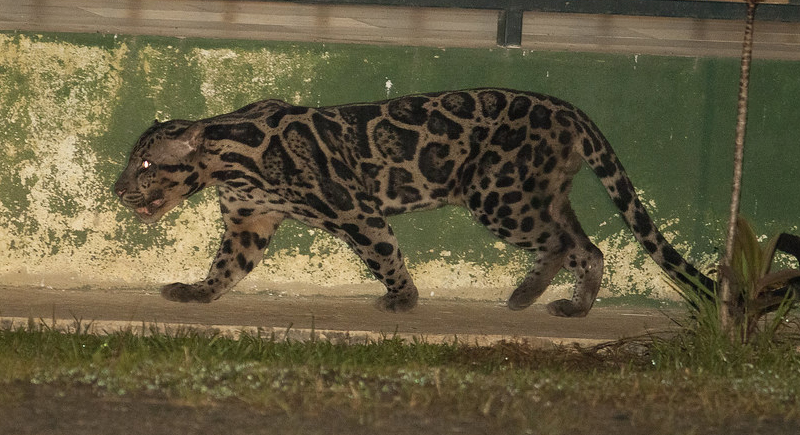
Credit: flickr
One of the rarest and most mysterious wild cats, the Sunda clouded leopard is an expert tree-climber and an ambush predator. With elongated fangs that resemble those of a saber-toothed cat, this predator can take down animals much larger than itself. Not to mention, it rules the jungles of Southeast Asia.
Indochinese Tiger
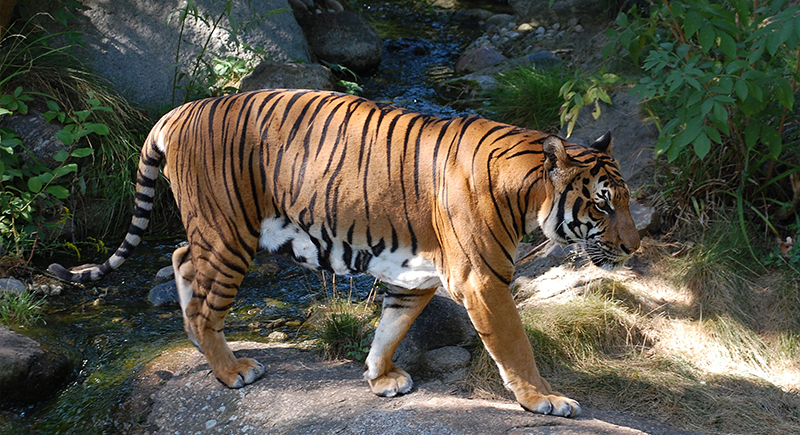
Credit: Wikimedia Commons
A subspecies of tiger found in Vietnam, Laos, and Thailand, the Indochinese tiger is smaller than the Bengal but just as fierce. With fewer than 250 left in the wild, it’s one of the rarest—but don’t mistake rarity for weakness. Indochinese tigers take down large prey and are powerful swimmers, making them a deadly force wherever they roam.
Eurasian Lynx
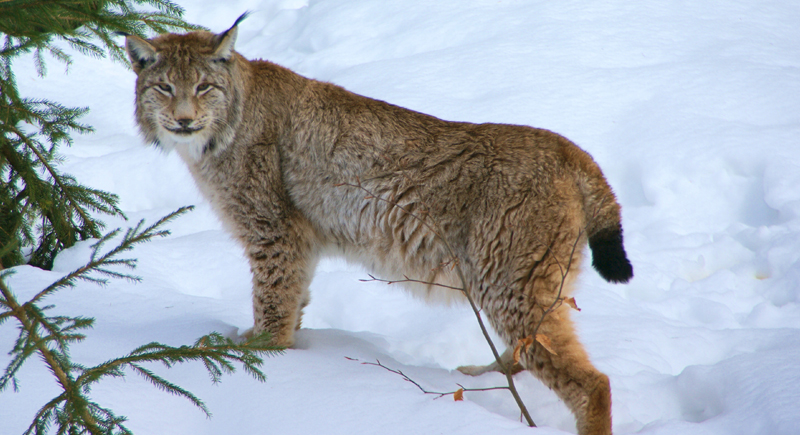
Credit: Wikimedia Commons
These wild cats have the fluffiest ears, but that doesn’t make them cuddly. The Eurasian lynx is a cold-blooded hunter. This species lives in dense forests and relies on stealth and patience, ambushing prey with a burst of deadly force. With sharp claws and powerful leg muscles, it’s a master at chasing down its next meal.
Caracal
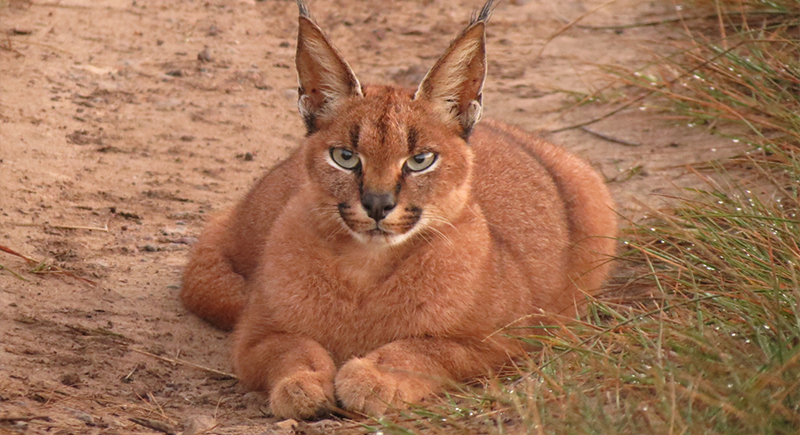
Credit: Wikimedia Commons
With spring-loaded legs and an attitude to match, caracals are aerial assassins. They can leap over 10 feet straight up to snatch birds right out of the air. Their speed and precision make them some of the most effective smaller wild cats in the world.
Leopard Cat
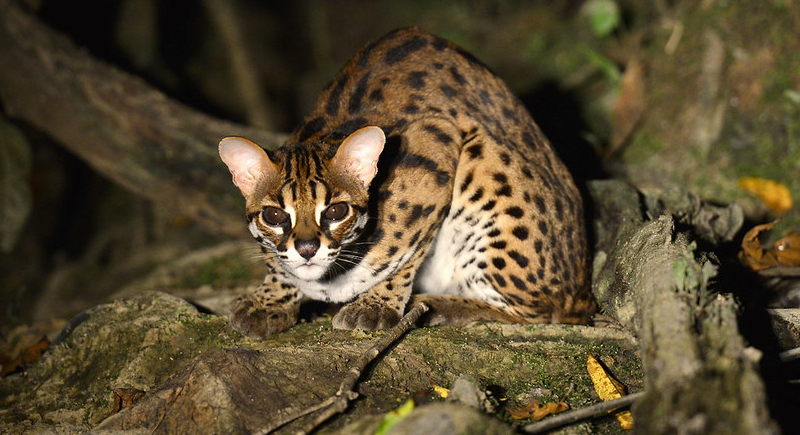
Credit: flickr
This small but vicious cat is an efficient predator in Asia’s forests and grasslands. About the size of a domestic cat, it survives by hunting small mammals, birds, and reptiles with unmatched agility. While it lacks in size, the sheer predatory skills make up for its small frame.
African Golden Cat
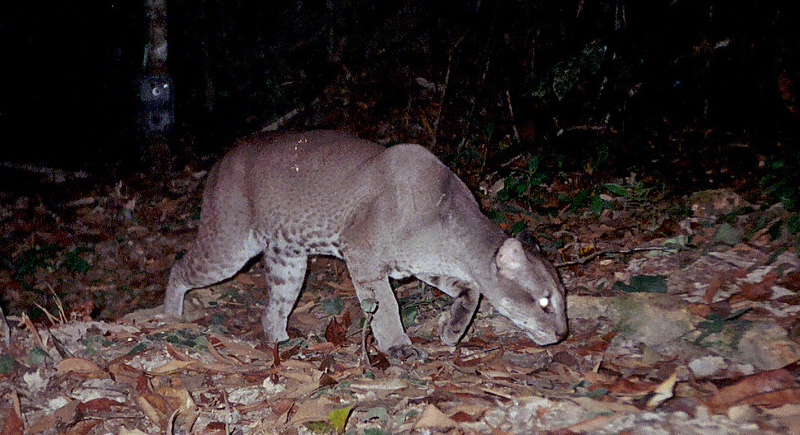
Credit: flickr
Rarely seen but always on the hunt, the African golden cat is one of the most elusive wild cats in the world. It’s a solitary predator, striking at the perfect moment. They prefer living in dense rainforests. This cat is so sly that researchers rarely get a glimpse of it—let alone its unfortunate prey.
Pallas’s Cat
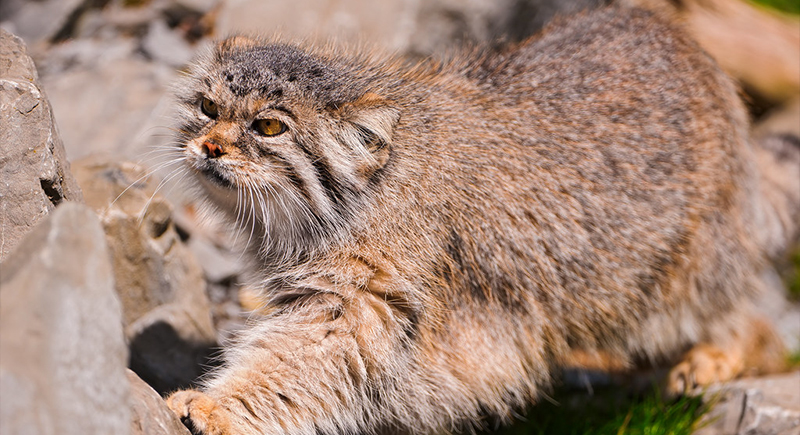
Credit: flickr
This ferocious predator has the most adorable face. Also called Manul, these wild cats are found in the harsh and cold regions of Central Asia. Their main quality is their ability to take down prey in an instant. With thick fur and a stocky build, they’re designed for survival in extreme climates.
Fishing Cat
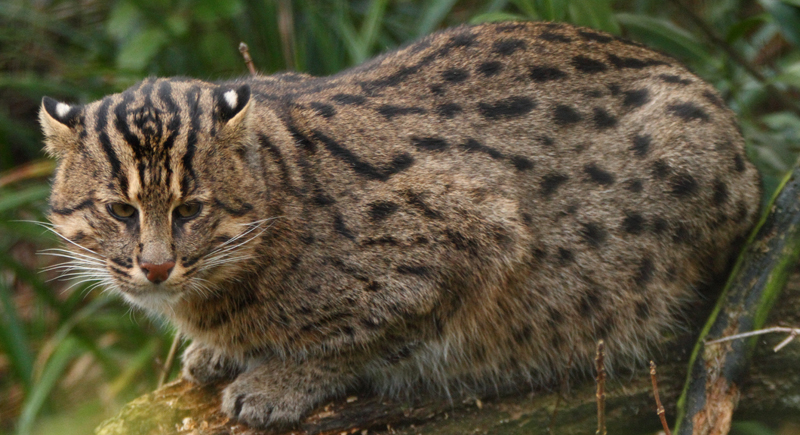
Credit: Wikimedia Commons
Compact yet fierce, the fishing cat is a skilled hunter found across South and Southeast Asia. Its partially webbed paws help it scoop fish directly from the water, while its swimming ability rivals that of otters. This powerful predator rules riverbanks and wetlands with stealth and precision.
Serval
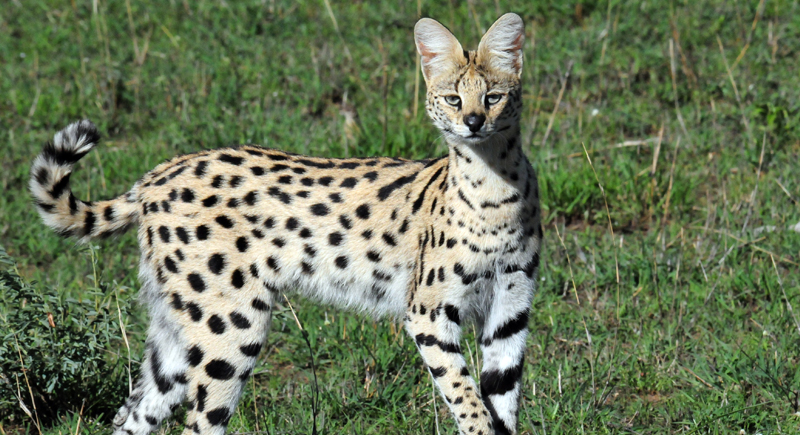
Credit: Wikimedia Commons
The serval dominates African grasslands with extraordinary agility and precision. Its long legs and radar-like ears help it leap over ten feet to capture birds or pinpoint rodents underground. Combining elegance with efficiency, the serval proves that even smaller wild cats can hunt with breathtaking power and accuracy.